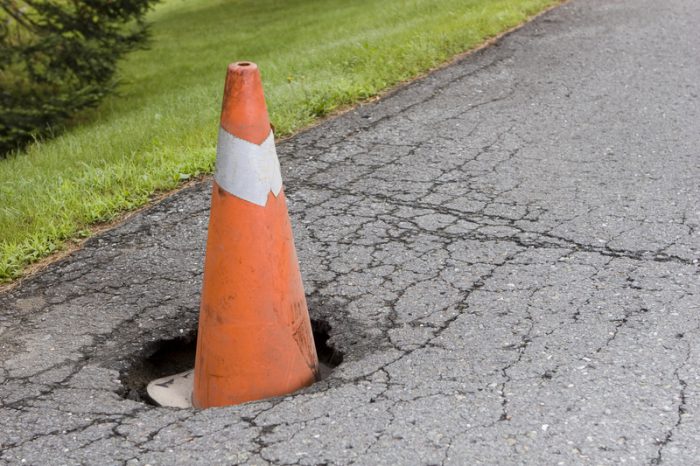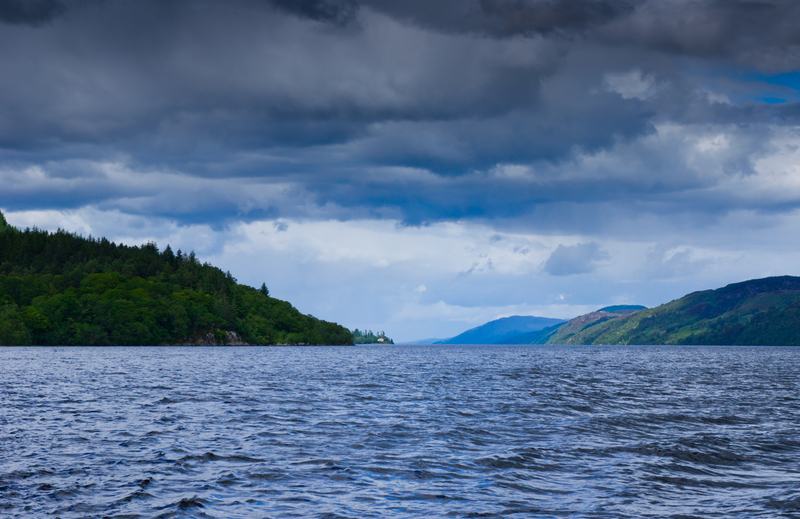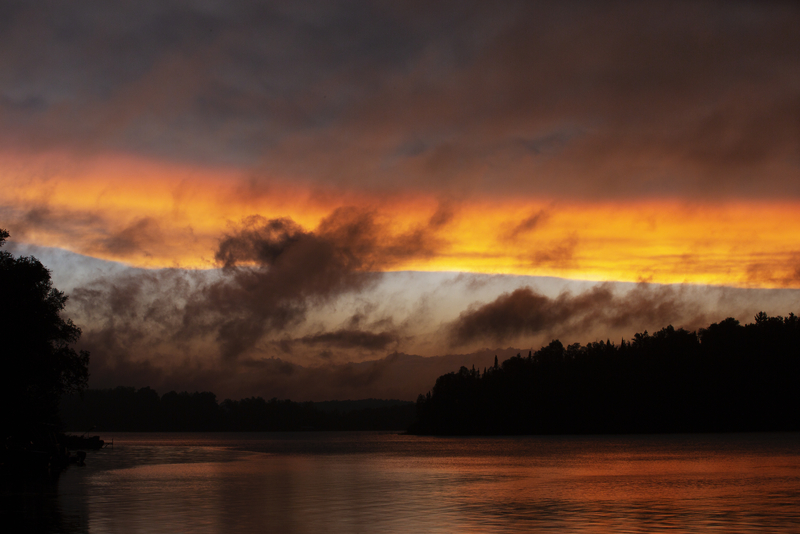Some time during the final weekend of July, near the town of Tierra Amarilla, Chile, a big hole suddenly opened up in the ground.
A really big hole known as a sinkhole.
The sinkhole in Chile is being investigated. (Getty Embed)
The hole, which has grown larger since it first opened up, is like a massive open circle in the ground. It is now around 36.5 metres (120 feet) across and an estimated 200 metres (656 feet) down. At the bottom of the hole is a lot of water.
No one was hurt and no buildings or homes were destroyed by the collapse, which is a relief. The sinkhole is so large that it could hold the entire Arc D'Triomphe, a famous monument in Paris.
Au revoir! The whole Arc D'Triomphe would be able to disappear inside this sinkhole. (Getty Embed)
As we said, it is really big!
Why did this happen?
A sinkhole in a farmer's field in Puebla, Mexico that opened up in 2021. (Getty Embed)
What exactly caused the sinkhole is something that authorities are still investigating. The hole appeared near a copper mine that is mostly owned and run by a Canadian company called Lundin. For now, all operations in the mine have been suspended, or stopped.
People are concerned and suspicious that activities in the mine are what caused the collapse. This is definitely possible, but not certain.
Though sinkholes are rare, they are natural events.
Solid ground?
Some sinkholes, like this one in the Yucatan Peninsula in Mexico, are filled with water and are spectacular settings. (Getty Embed)
At first glance, what a sinkhole is seems pretty clear. It's a hole in the ground! But there's definitely more to it than that.
We are used to feeling like the ground underneath us is solid for miles and miles. But that is almost never the case.
For one, the ground is in layers. On top is usually soil or dirt. This is looser material.
Underneath that is often some type of rock. This is much more firm, but not completely solid. The rock is full of openings called voids—some of them small, some of them large. They can even be systems of caves, or underground rivers or lakes, known as groundwater. (A well dug into the ground taps into groundwater and has been used as a source of water by humans for thousands of years.)
These voids are usually well supported by the surrounding rock—think of it like the arc of a bridge or a roof. There are caves that have remained intact for thousands, even millions, of years.
Why do they fall?
Is the water found at the bottom of this sinkhole a clue as to how it was formed? Were humans responsible? (Getty Embed)
But every so often, these supports give way. The rock and soil above collapse, leaving behind a large hole at the surface. And what triggers this collapse? It can be many things.
Sometimes, soil can slowly seep, or flow, into a void. This gradually leaves a growing dip in the ground above, like sand sinking down into an hourglass in super slo-mo.
But other collapses are more spectacular and swift. For example, flowing groundwater can erode, or weather away, the rock until it is too weak to hold the soil. Or the soil underneath can sink into a void without changing how the surface appears. Until one day that is, when it just falls all at once.
Back in Chile, investigators need to try and understand what has happened so that they can know if anyone is responsible. Though many sinkholes are natural, human activities can either speed them up or cause one to occur when it wouldn't have happened otherwise. This is why, whether mining or building sewers or subways, there are techniques in place to support the tunnels that are made.
If you want to see more of what we mean, check out this OWLconnected General Knowledge video on how subways are built!
 A pot hole is basically a small sinkhole. This one in Chile is MUCH bigger. Wait until you see it... (ID 21824811 © Imageegami | Dreamstime.com)
A pot hole is basically a small sinkhole. This one in Chile is MUCH bigger. Wait until you see it... (ID 21824811 © Imageegami | Dreamstime.com)









